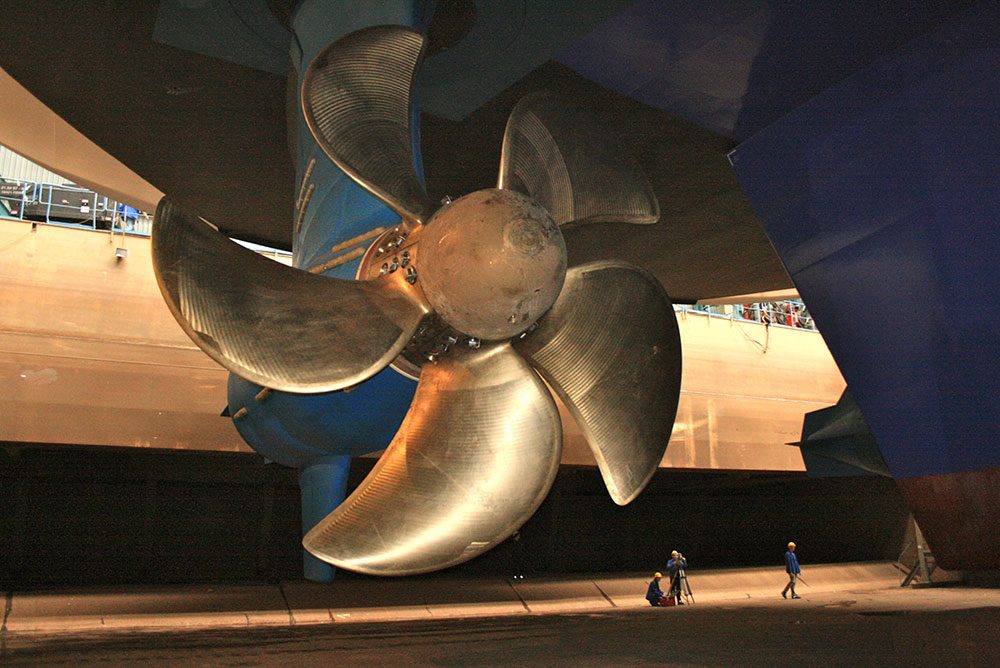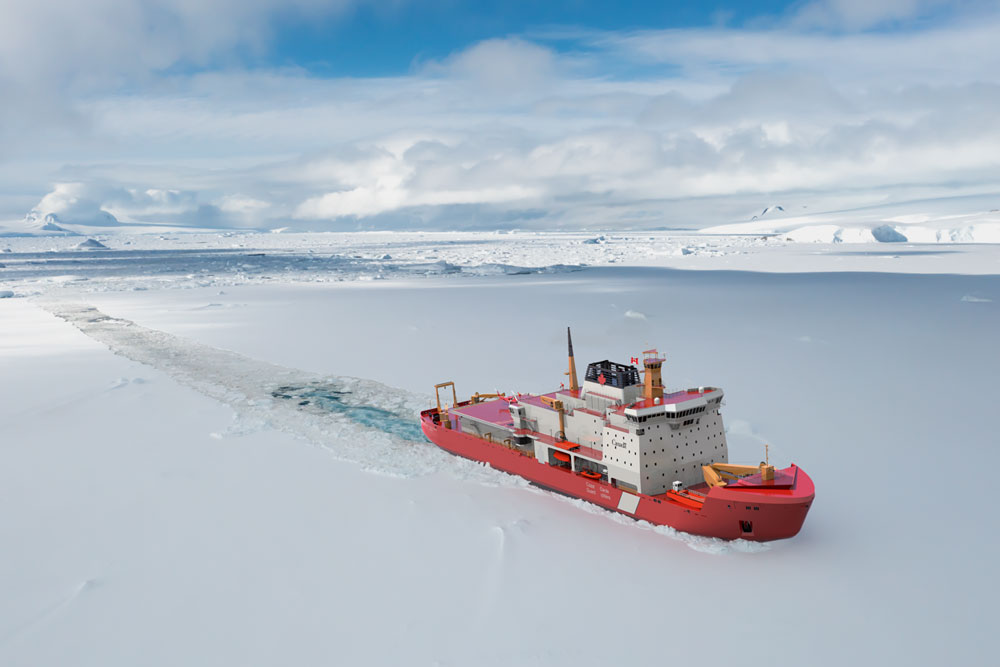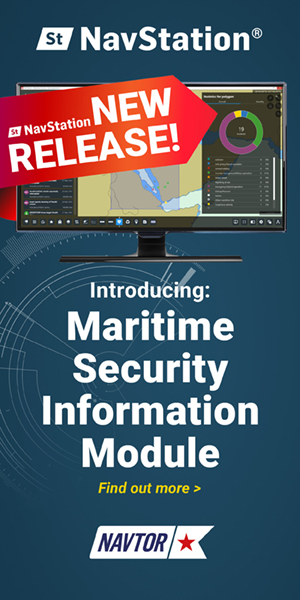Paywall
 Technology is ready for EU MRV
Technology is ready for EU MRV

The entry into force of the EU’s emissions reporting and verification scheme is only weeks away. The market already offers a range of compliant sensors, data processing and evaluation technologies. A few of the most rece…
Verwandte Themen









